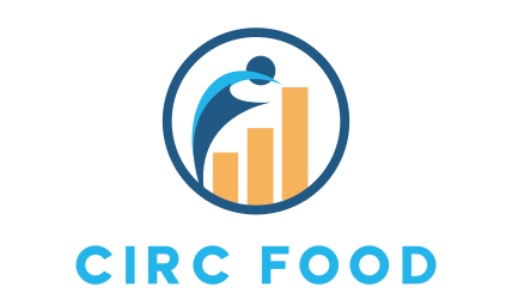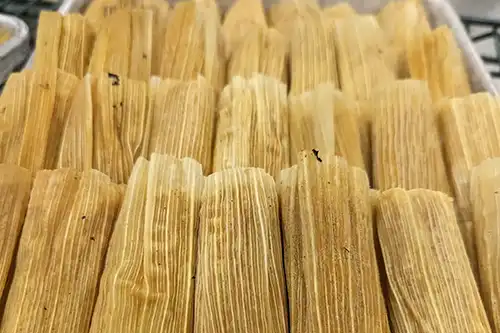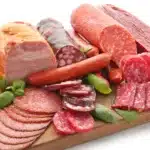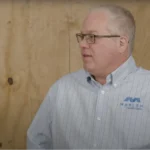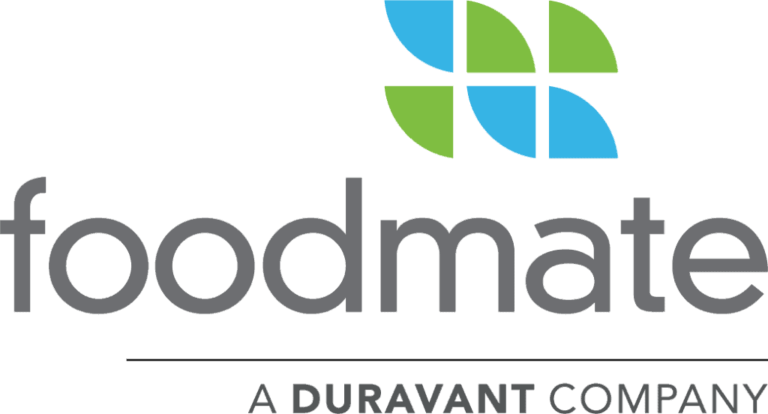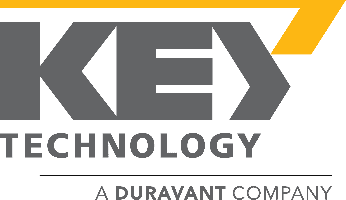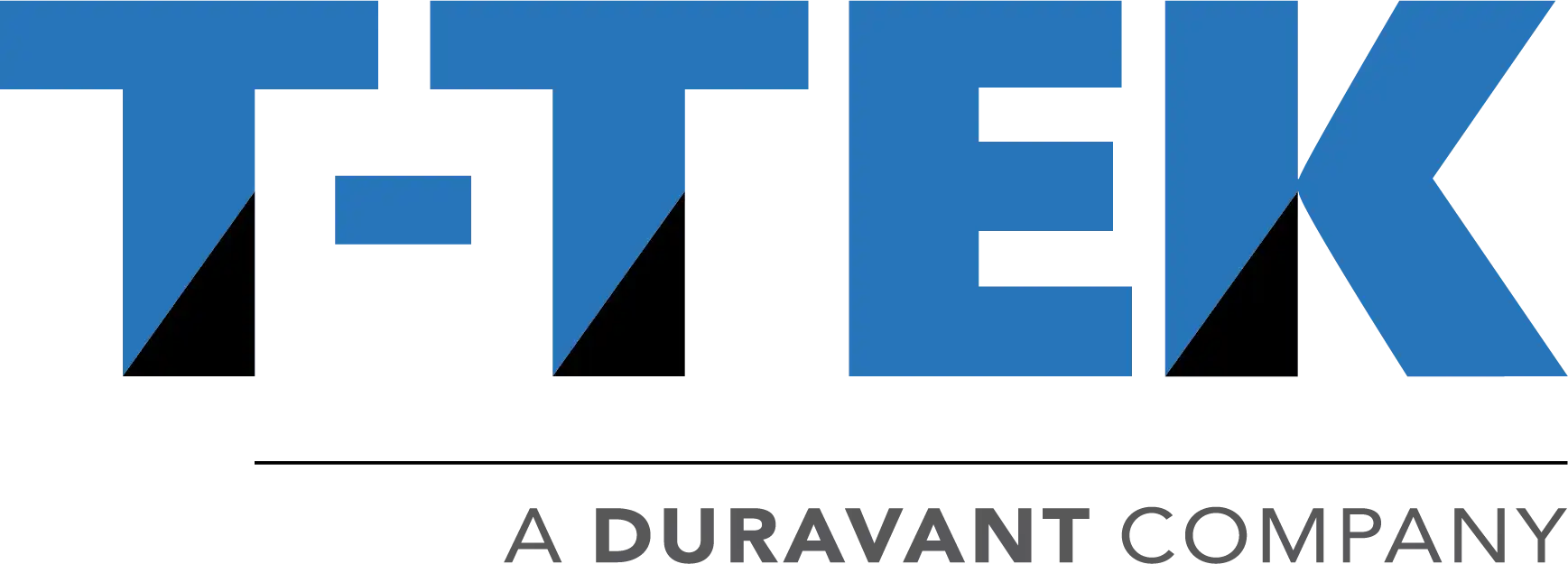How small and medium-sized processors can expand capacity and manage growth.
Many food processors who make their living in the world of RTE (Ready-To-Eat) and cooked products – meatballs, burgers, chicken breasts, tamales, dumplings, bacon, sausage patties, snacks, etc. – arrive at a point in their business where they need to grow – or risk being left behind. Or, in some cases, they simply risk missing out on getting a new customer because they don’t have the capacity to fill the need.
In many cases, these same processors need a solution for consistently increasing throughput while improving yields and product quality.
One such company isTuscon Tamale Company, a family-owned processor with 65 employees, based in Tuscon, Arizona. The company sells their hand-rolled tamales through eCommerce and in 5,000+ retail stores across the U.S. When owners Todd and Mary Martin could not keep up with customer demand for their award-winning tamales, they made the decision to move from their batch cooking system to a continuous process, with CircFood’sTall Mini Spiral Ovenas the engine for the growth they needed.
As a direct result of this move to a continuous cooking and chilling system, which allowed them much higher throughput while delivering better product consistency, they now produce more than 20 million tamales annually.
In addition to the significant labor savings, the continuous spiral system offers advantages like an open accessible design, a continuous belt wash system, and extreme flexibility.
Todd Olmstead, Product Manager for CircFood, explains a common ‘Perception versus Reality’ misunderstanding in this batch vs continuous discussion. “Not only does a continuous cooking and chilling system allow a better use of space in the plant, but when you factor in labor savings and the ability to produce a more consistent cooking result, the continuous spiral system delivers huge advantages.”
Batch vs. Continuous Systems – Advantages and Factors to Consider
In addition to allowing your plant to process at much higher production levels – while combining the marking, cooking and chilling into one seamless process – a continuous system delivers even more advantages.
Product Quality and Consistency.Temperature Control is key. Unlike batch cooking systems, where ‘cooking to center’ often means the outside edges of your batch get overcooked, a continuous cooking process ensures a reliable and consistent product temperature because your product moves through the exact same areas of the box in every cook and chill cycle. Even cooking and a higher quality product is the result. Another important consideration – from a food safety and regulatory standpoint – are currentUSDA Guidelinesrequiring processors to bring temperatures down to a certain level within a specified amount of time after cooking. Compliance is much easier to achieve with a continuous system because temperature control is built into the system.
Floor Space.Like Tuscon Tamale, many smaller and medium-sized processors are squeezed for production space. Bringing in new equipment and new systems always presents challenges. When space is especially tight, that makes things even more difficult. Because spiral systems are designed to move products in a vertical framework, as opposed to linear, that means existing floor space can function at a higher capacity. And because a spiral system that includes cooking and chilling (or freezing) – and possibly even a surface treatment component like grill marking or searing – uses space more effectively, the amount of space needed for increased capacity often does not exceed a plant’s existing cook system footprint. In many cases, elimination of the rack area allows more processing space to work with. The result is increased efficiency to go with the significantly higher output.
Labor.Batch processing usually consists of manually loading and unloading trays and racks, then pushing those racks into ovens, followed by chillers. According to Olmstead, “When it comes to continuous lines, you can typically run multiple lines with a single employee. It’s a huge advantage from a labor cost standpoint.”
Cost.Making the upgrade to a continuous cooking and chilling system requires a capital expenditure, but when a processor has the option of starting small and then scaling up to bigger systems as needed, it becomes a more manageable investment. And the ROI? It’s a big reason why more and more processors are exploring the upgrade to continuous. In most cases, the ROI can be achieved in a relatively short period of time.
“When you factor in labor savings, energy efficiency and then the significant production increases and better yields, the ROI question can get answered pretty quick” Olmstead added. “Then it becomes clear why many processors are evolving from a batch process or industrial kitchens and getting into the spiral continuous systems.”
******
CircFood offers multiple lines and sizes to fit almost any processor’s requirement. For more details on CircFood’s continuous cooking and chilling systems,Click here. In addition, we welcome you to visit one of ourSolution Centersto test your product and work with our engineers on the solution that meets your specific needs.
